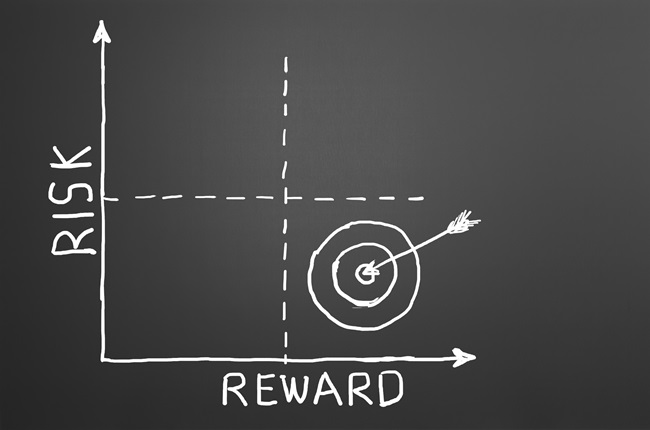Dec 28, 2025
Dec 28, 2025
Thinking Backwards to Move Forward
What if, instead of asking how to succeed, you asked how to fail and then avoided those pitfalls? This is the essence of inversion thinking—a strategy that has been instrumental in the success of titans like Elon Musk, Jeff Bezos, and Charlie Munger. But how exactly does this reverse-engineered approach work, and why has it been so effective?

Inversion thinking is all about flipping problems on their heads. Instead of focusing solely on positive outcomes, it involves identifying what could go wrong and taking preemptive measures to avoid those scenarios. Elon Musk, for instance, frequently applies this method to his ventures, whether it's launching SpaceX rockets or managing Tesla's electric vehicle empire. By systematically thinking through worst-case scenarios, Musk ensures that his companies are not just equipped for success but are also resilient against potential failures.
Jeff Bezos, too, has leveraged inversion thinking, particularly in the early days of Amazon. He famously asked, "How can I minimize regrets in life?" By focusing on avoiding regret rather than achieving success, Bezos made calculated risks that ultimately led to Amazon's dominance in e-commerce. The “Regret Minimization Framework,” as he calls it, is essentially inversion thinking in action—a powerful tool for decision-making that can steer individuals and businesses away from paths that lead to failure.
Charlie Munger, Warren Buffett's right-hand man, is another proponent of this mindset. Munger often talks about the concept of “avoiding stupidity” as opposed to chasing brilliance. By identifying and steering clear of common mistakes, Munger has contributed to Berkshire Hathaway’s incredible success. He famously advises, "It is remarkable how much long-term advantage people like us have gotten by trying to be consistently not stupid, instead of trying to be very intelligent."
But inversion thinking isn't just for billionaires. This approach can be applied to everyday life and business challenges. By regularly asking yourself what could go wrong, you can create strategies that mitigate risks, making your endeavors more robust and sustainable. This mindset helps in cutting through the noise and focusing on what truly matters—by systematically avoiding failures, success becomes a natural byproduct.
Imagine applying this to your own life: What if you actively worked to avoid the biggest regrets you might have in the future? What if, instead of focusing on the perfect plan, you focused on eliminating the worst-case scenarios? In a world obsessed with winning, inversion thinking offers a grounded, practical approach that prioritizes long-term resilience over short-term gains.
As you ponder your next big move, whether in your career, personal life, or a business venture, consider adopting the inversion mindset. Ask yourself: What could derail my plans? What are the potential pitfalls? By understanding and avoiding these, you’re not just planning for success—you’re fortifying it.
In a world filled with unpredictable challenges, perhaps the most strategic way to move forward is by first thinking backwards.
24-Aug-2024
More by : P. Mohan Chandran